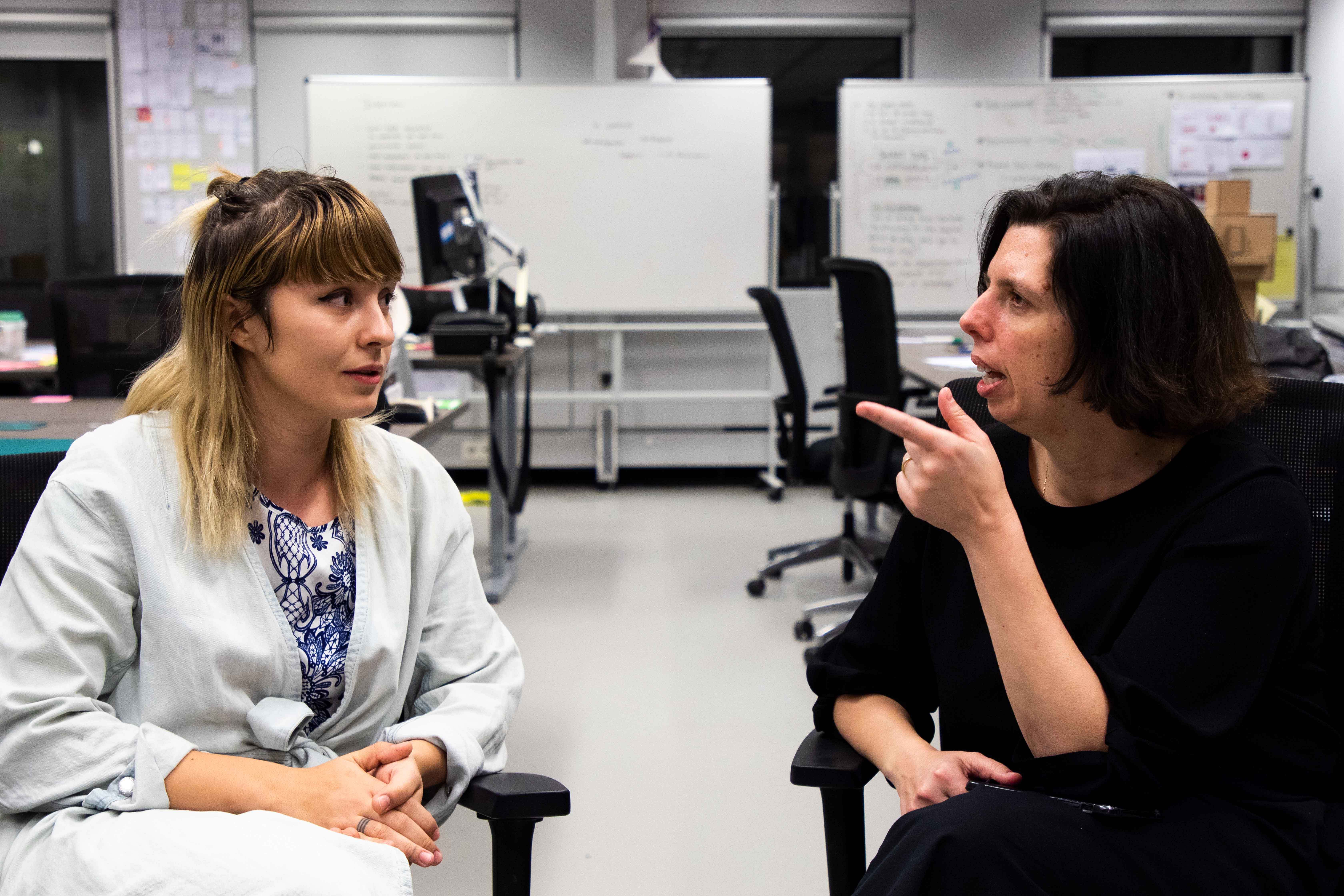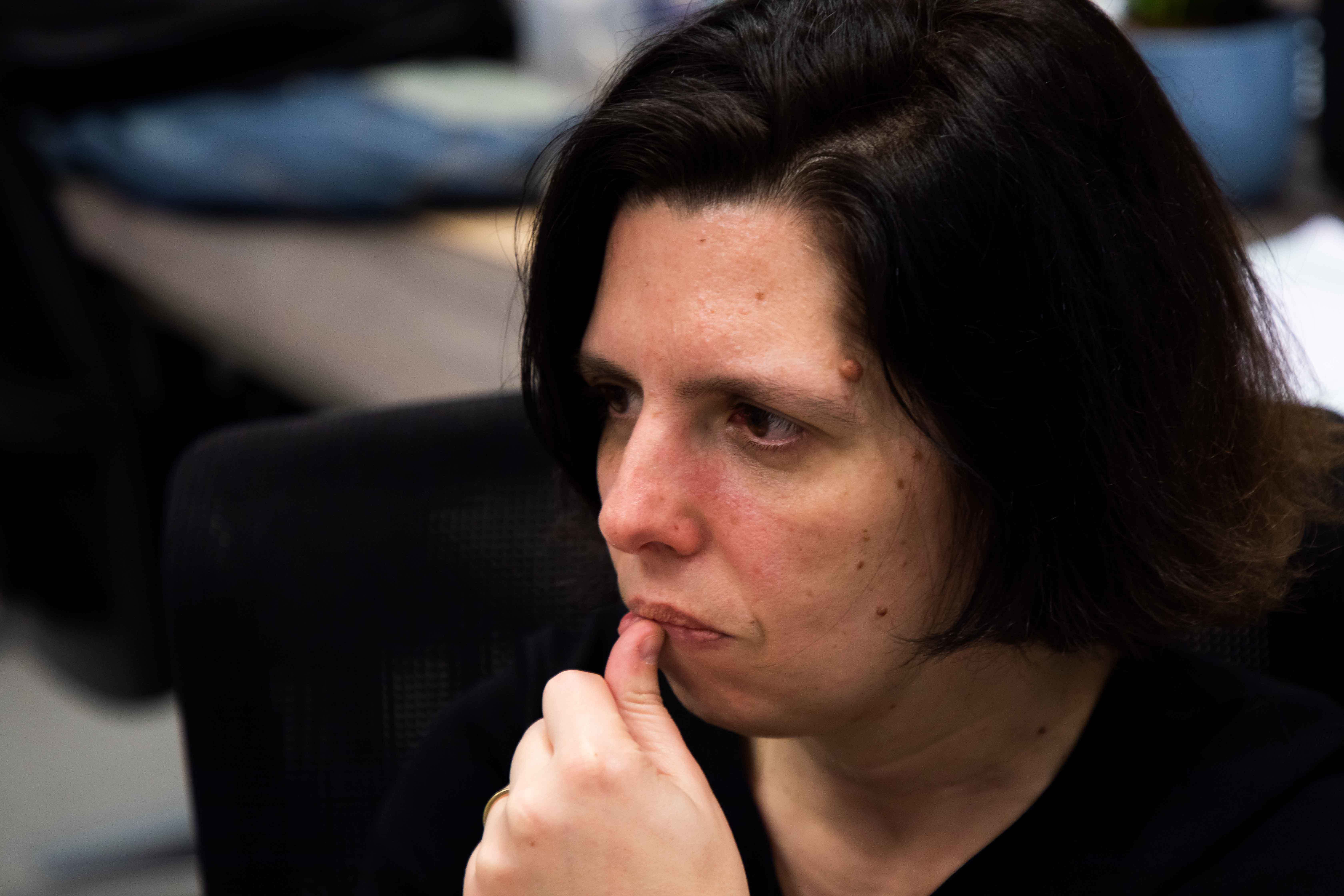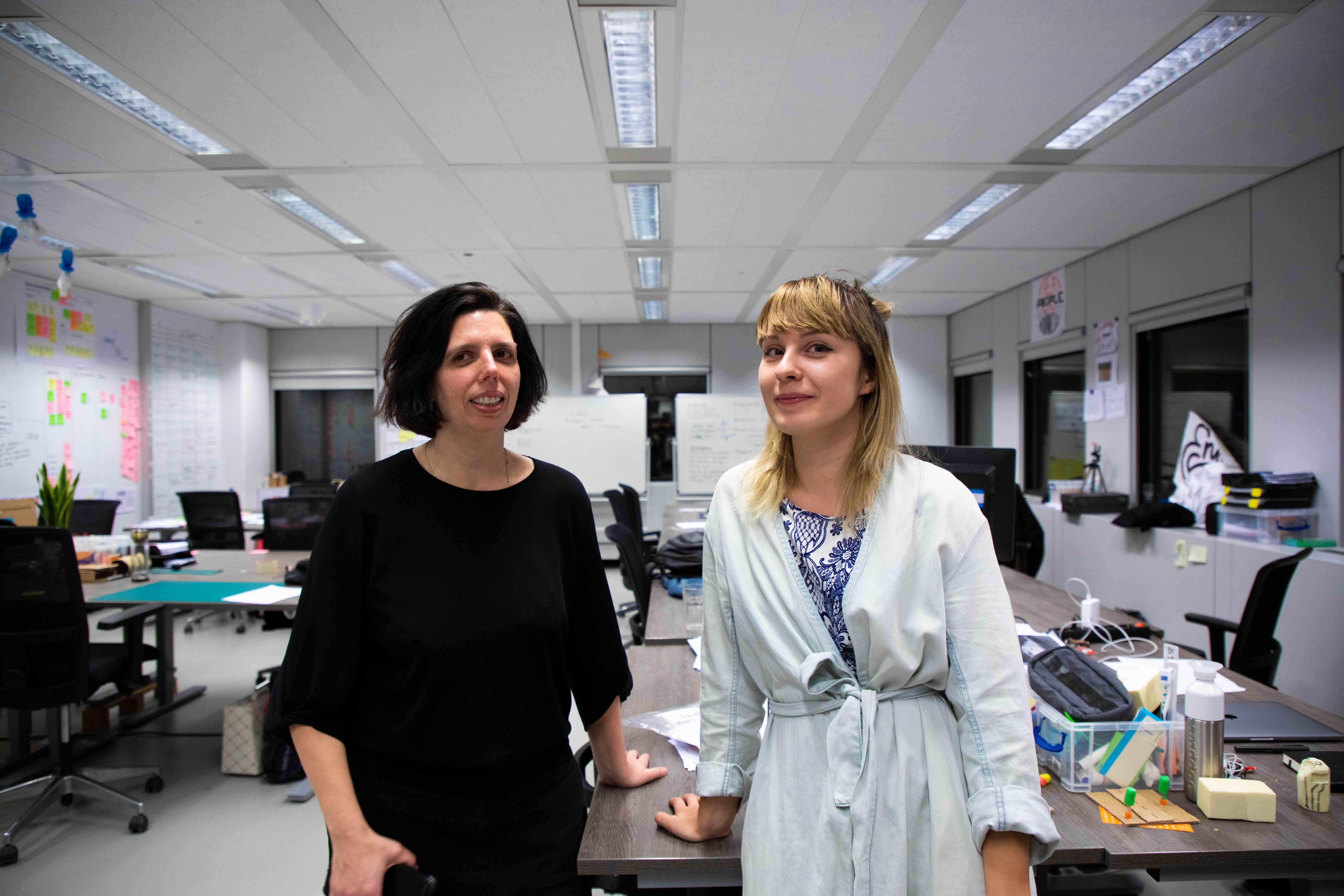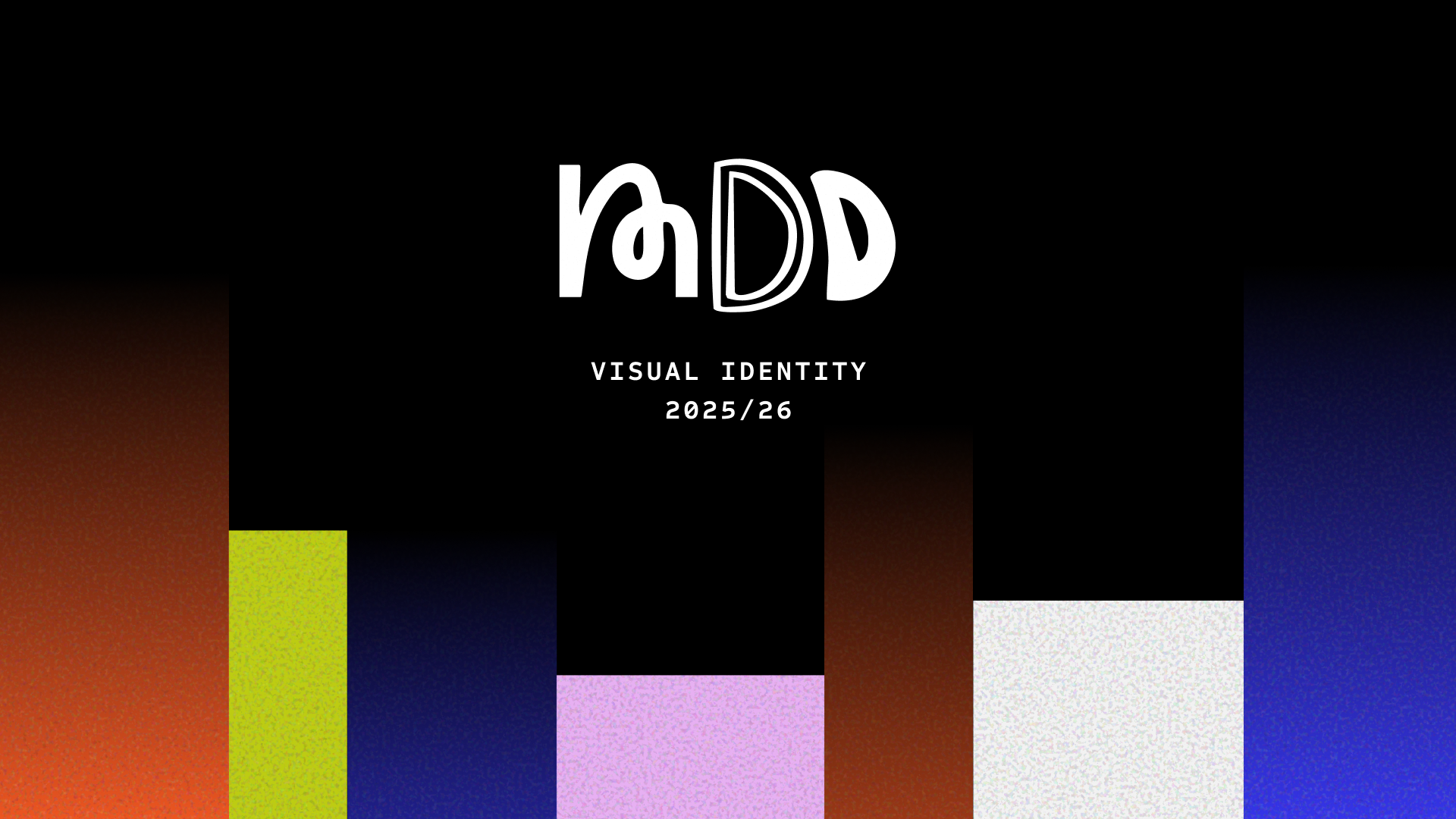Studio Dumbar's Creative Director Liza Enebeis: “You cannot live with preconceptions”

As a designer, there were a few things that impressed me when I moved to The Netherlands five years ago. I was impressed by the visual identity of some of the country’s most established organisations, such as the police and the Dutch railways. I didn’t know back then that these were designed by Studio Dumbar. Today, I sit down with the studio’s Creative Director, Liza Enebeis, to lift the lid on some of their processes.
Alexandra: What type of clients do you work with at Studio Dumbar?
Liza: It's always been a mix of backgrounds; cultural, business, governmental and non-profit. We really enjoy that interaction between all the different types of work and clients. The cultural work is important for business-oriented projects – and the other way around.
A: Why is that so important?
L: With any type of client, you question different aspects and those aspects you can bring back to another project you're working on. Companies have a business-minded approach, which can be a great driver for design. It is interesting to bring this mind-set into a project that's more cultural, since this is also a business that they're running. We try to make that more powerful for them.

A: How do you approach a project with the client?
L: The work that we do is really a collaboration within the studio, but it's also a collaboration with the client. We don't work in isolation, so it's really the synergy between the client and us to see and how far we should go. And one influences the other, that is the exciting part. When we work with the clients, they're expressing in words, and we're expressing in visuals, and interpretation comes in to show where we can go. On top of that, we always connect this to the strategy. It's not about "we felt like this in the morning" or it's not even about style. It's really about the strategy; catching the spirit and the essence of the company. And related to that: their ambition. Because when you create an identity, you're making it today, but it is aimed at the future. This future is created by the people of today. Working together with clients, we create their future.
A: When you look at clients like the police, or governmental institutions - in comparison to commercial clients - do you also consider that they need to have a different approach to their own users?
L: Yes, that's true for everyone. It is a cliché, but every project and client is unique, in their culture, their specific subject, in the target audiences that they want to reach. These differences are often more important than the question if an organization is business or government.

A: Most of your projects have a lot of visibility. Is there something that you do differently in your design process when designing for those sorts of clients?
L: We have a basic approach and process that is designed to make sure we will get to the exact right ‘sweet spot’ for each individual client. The passion and the commitment are the same too. You're creating an evolution, or something completely new, and it's exciting. That's also what is nice about projects: they can surprise you. We never know beforehand what the right result of a project will be. But we do know that we will find it. You have to be open, and if you're open, it means everything is possible. You cannot live with preconceptions. You just need to know how to accompany and guide the creative process.
Your first responsibility is to develop something that is best for the project.
A: Can you be as daring and think outside the box with these clients?
L: Yes, I think so. For example, the Dutch government had multiple logos from multiple ministries and about 175 other government organisations that all had their own logo and visual identity. For a project like this, your first responsibility is to develop something that is best for the project. And within that context, you look for the ultimate creative power that can contribute to the purpose of the project.
A: We live in a word that is constantly changing. How do you design for ‘endless’?
L: Endless is not always a requirement, that's one thing to be aware of. Sometimes you're designing for that moment, for now. But if you are designing for the long term, you need to look at the essence of what the brand is, what does it really stand for, and where does it want to be. If you touch that part, if you can define it, and touch the heart, then I think it will last longer.
When talking about digital and their online presence, they have to evolve and change with time. You need to be aware of that when you create a design system.
You have to take into consideration who you design for. For example, if you design for an airline or the Dutch police, this is not something that can be changed every year. It needs recognition, and changing the brand every year is not very cost effective. But of course, certain areas can evolve. When talking about digital and their online presence, they have to evolve and change with time. You need to be aware of that when you create a design system – it has to able to adapt. Everything starts with the strategy of the company itself: where do they want to go? And then, we define the terms: where do you want to be in three years, or five years? You need to dig into the nature of an organization. The better you are able to touch upon its deeper essence, the more powerful and timeless your design solution will be.
A: Is there a studio Dumbar style?
L: Oh, it’s you who needs to tell me that. I think there is a Dumbar approach. But I think if we lay out all the work that we did, there is not a certain style I can point at. There are always new people joining, there is new energy, new way of looking at projects, and we really embrace that. There is a creative direction, but the power comes from the designers themselves. If we looked at the forty-one years or forty-two years of work, it definitely varies. I can say that our style is not consciously done, but our starting point is always to reflect the brand itself, not to impose what we think it should be. There is not one style, but there is one mentality that we share in the studio: we belief in the trinity of pure, simple and powerful.
Alexandra Gurita is a 2019 graduate of the Master programme in Digital Design. She currently lives in Romania where she co-founded the digital agency Innovating Society.

